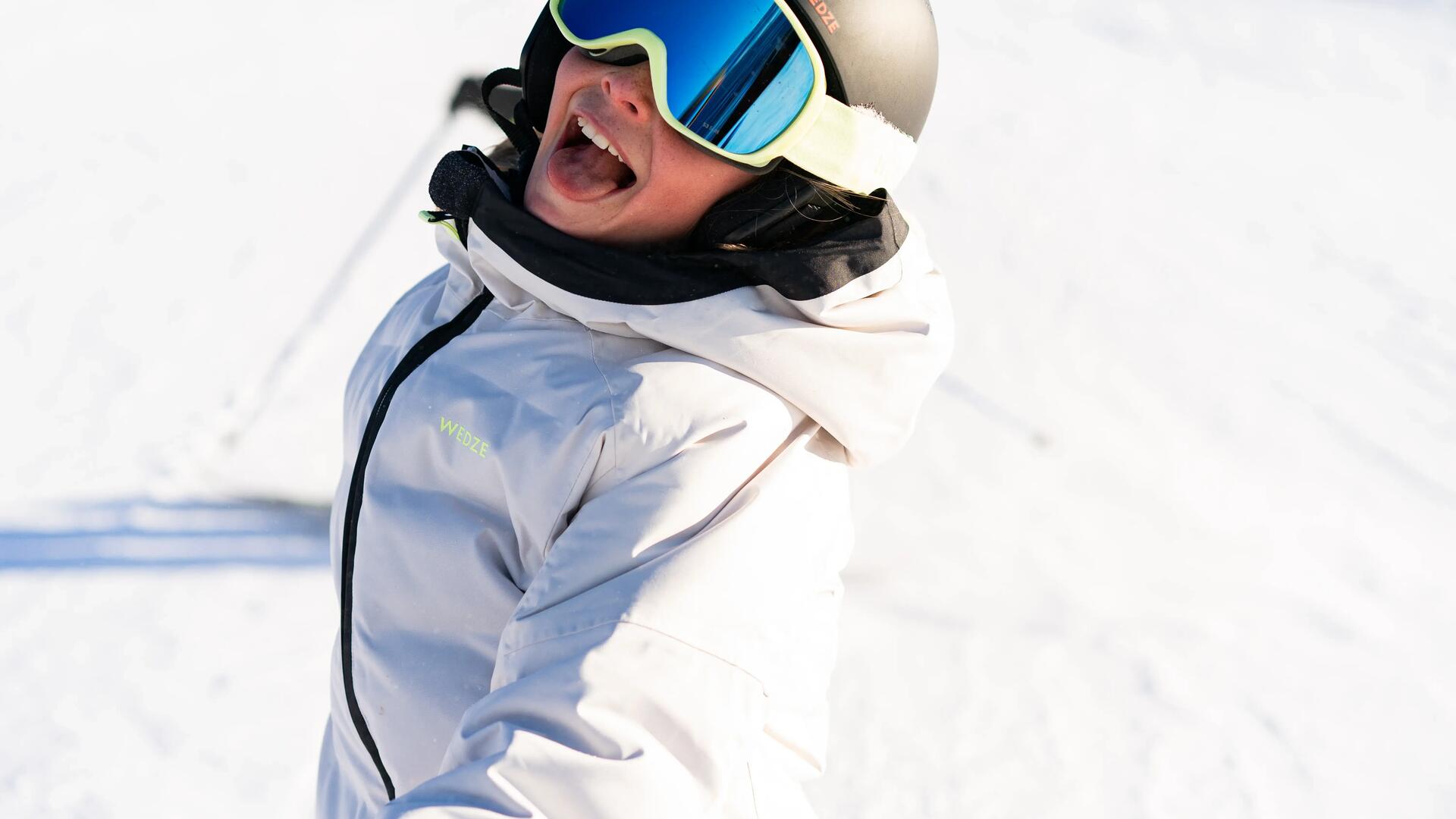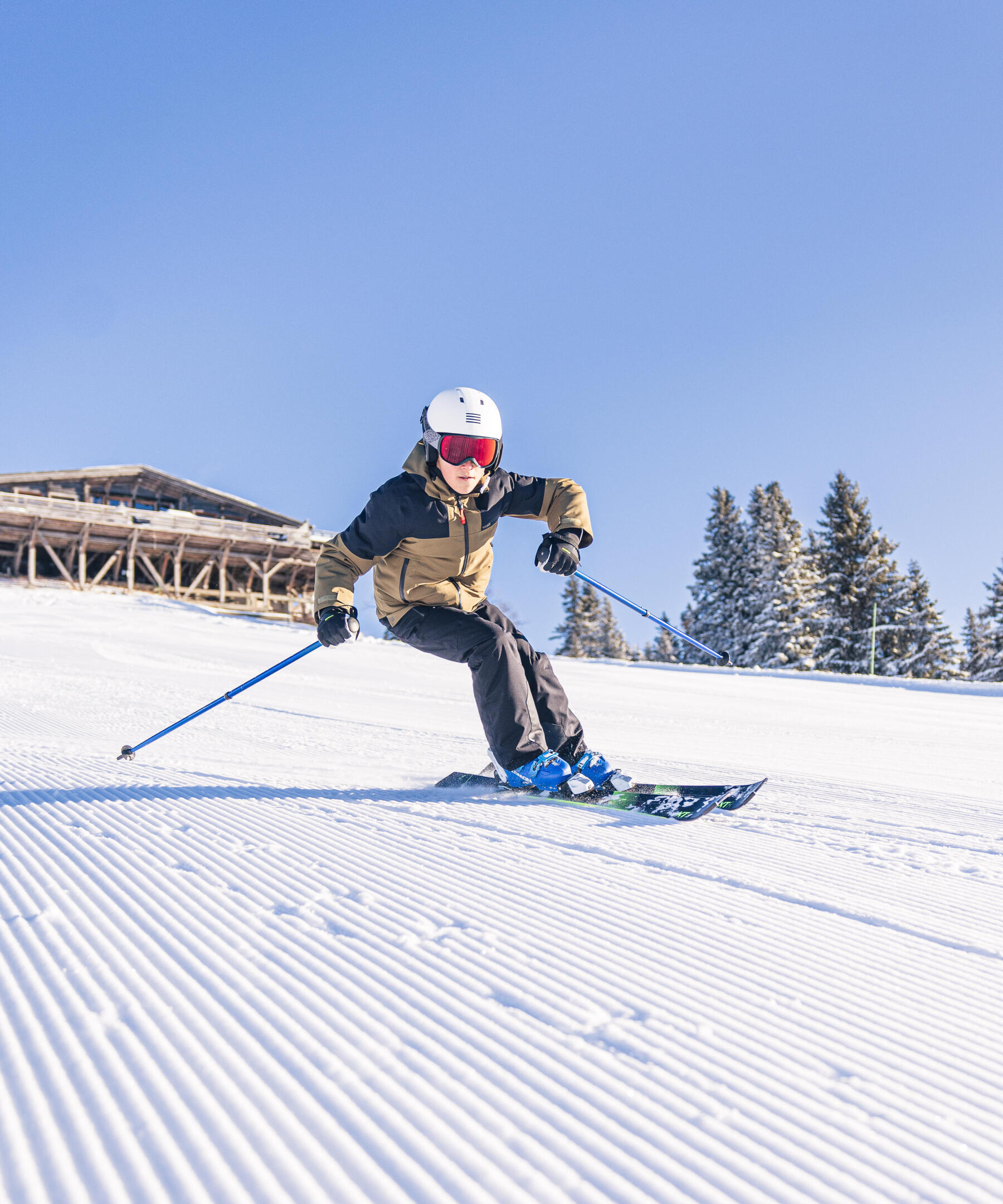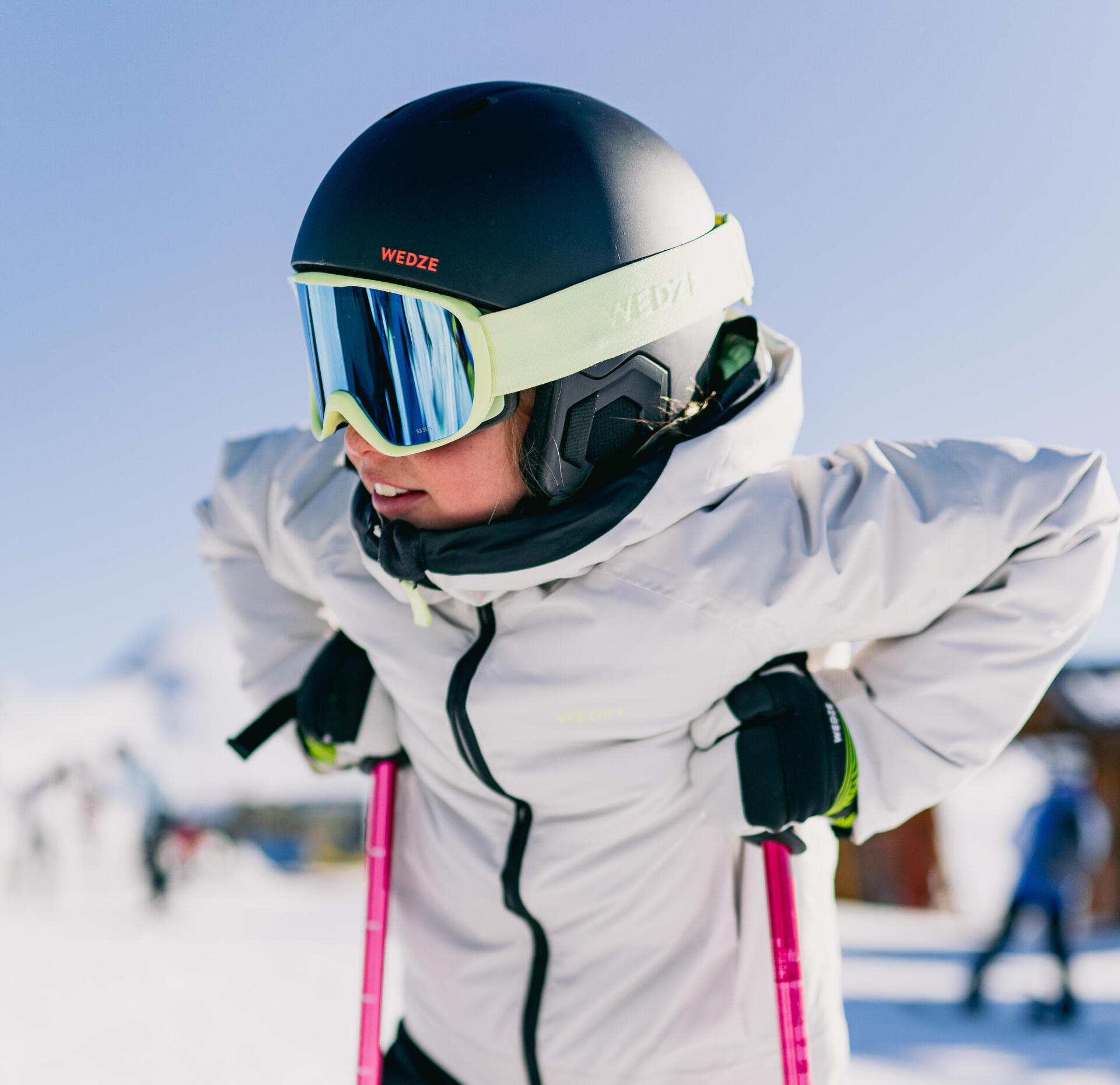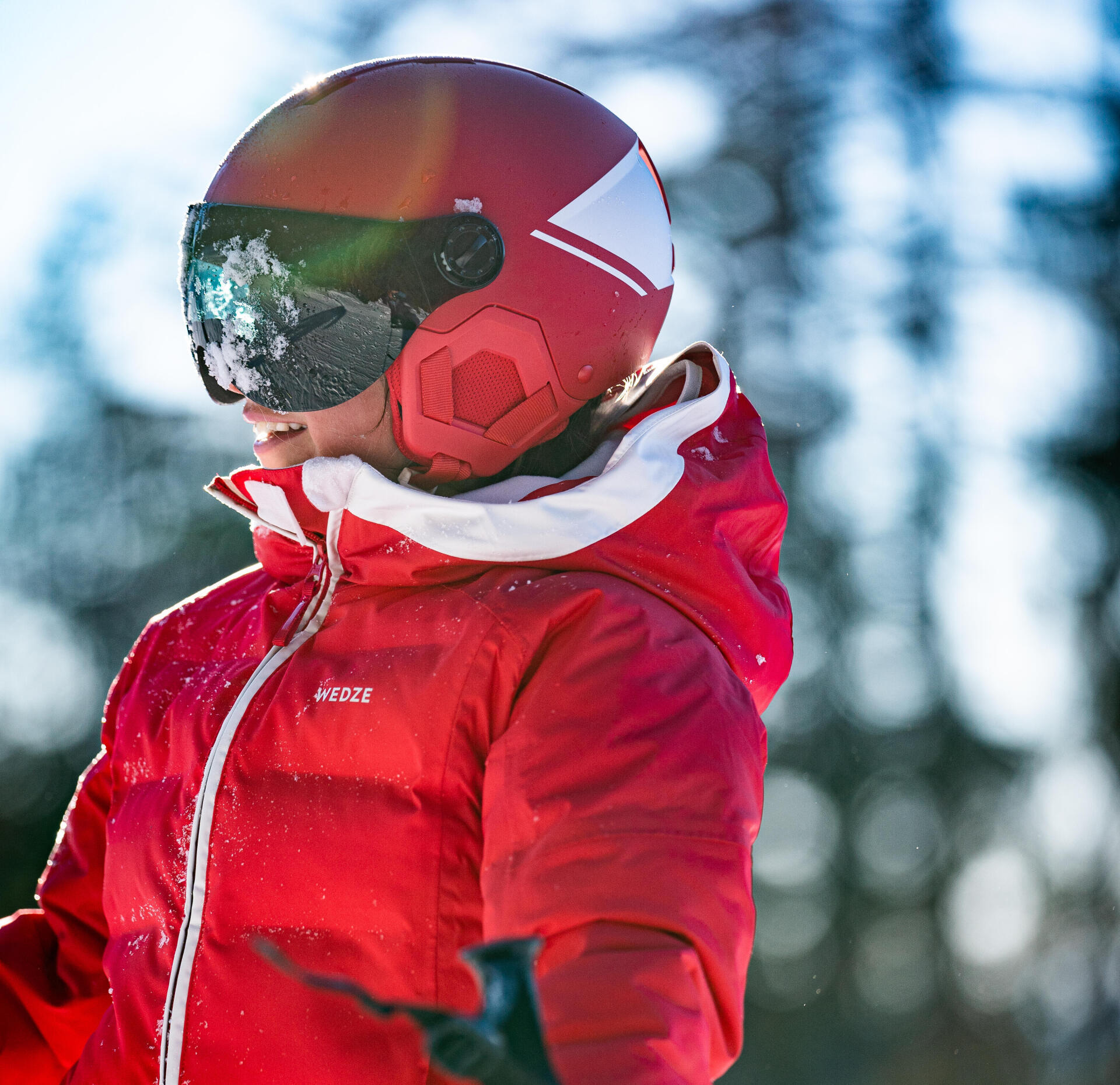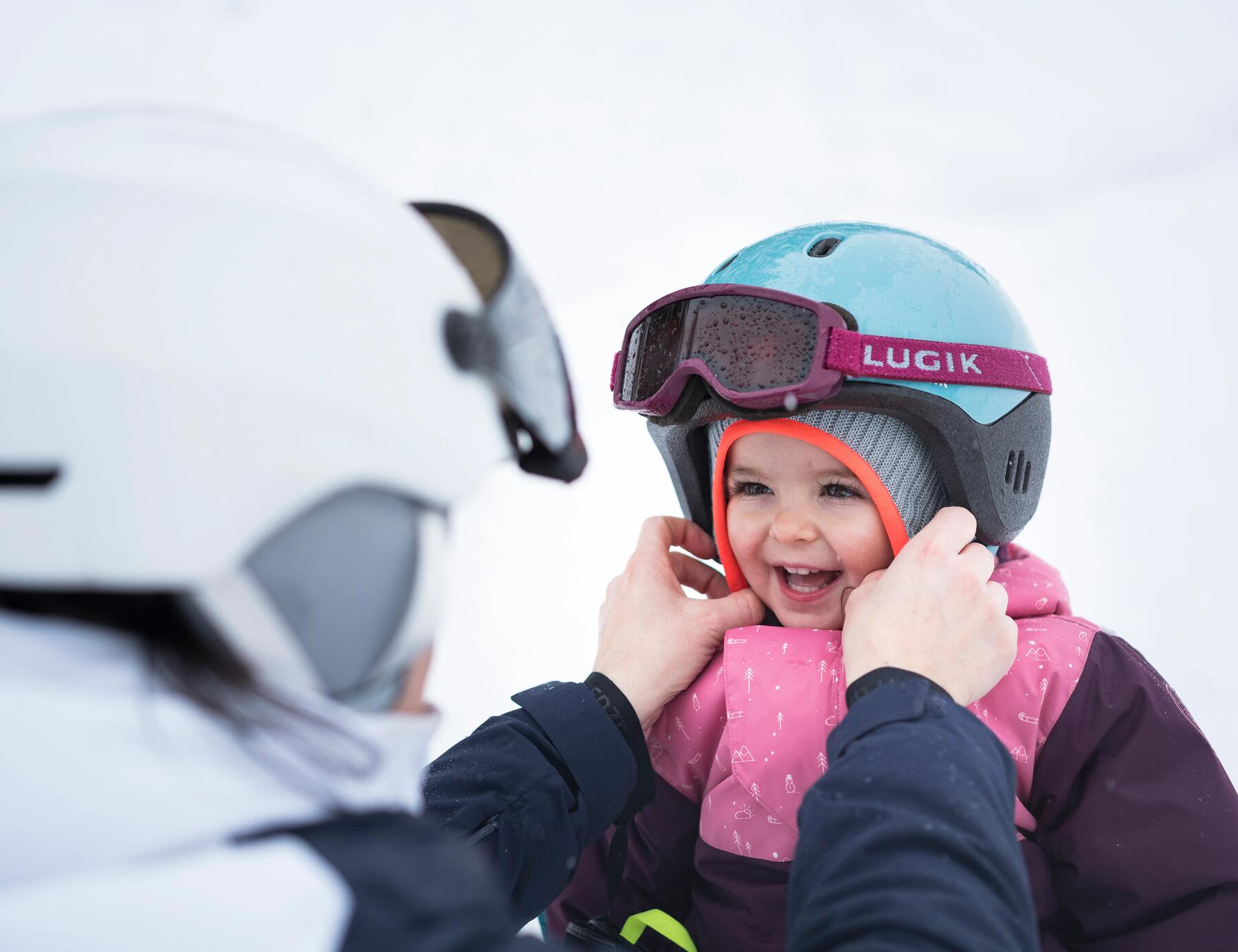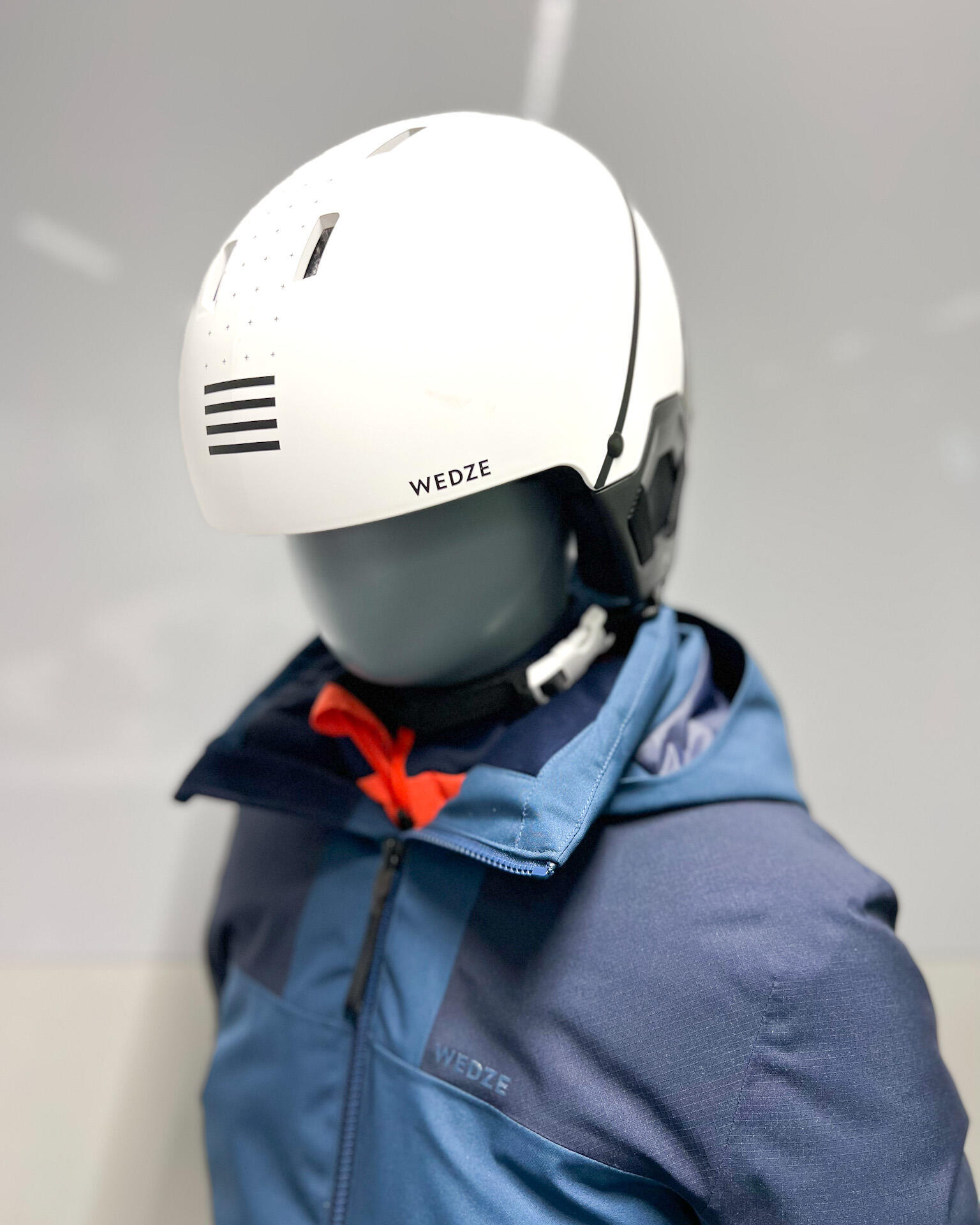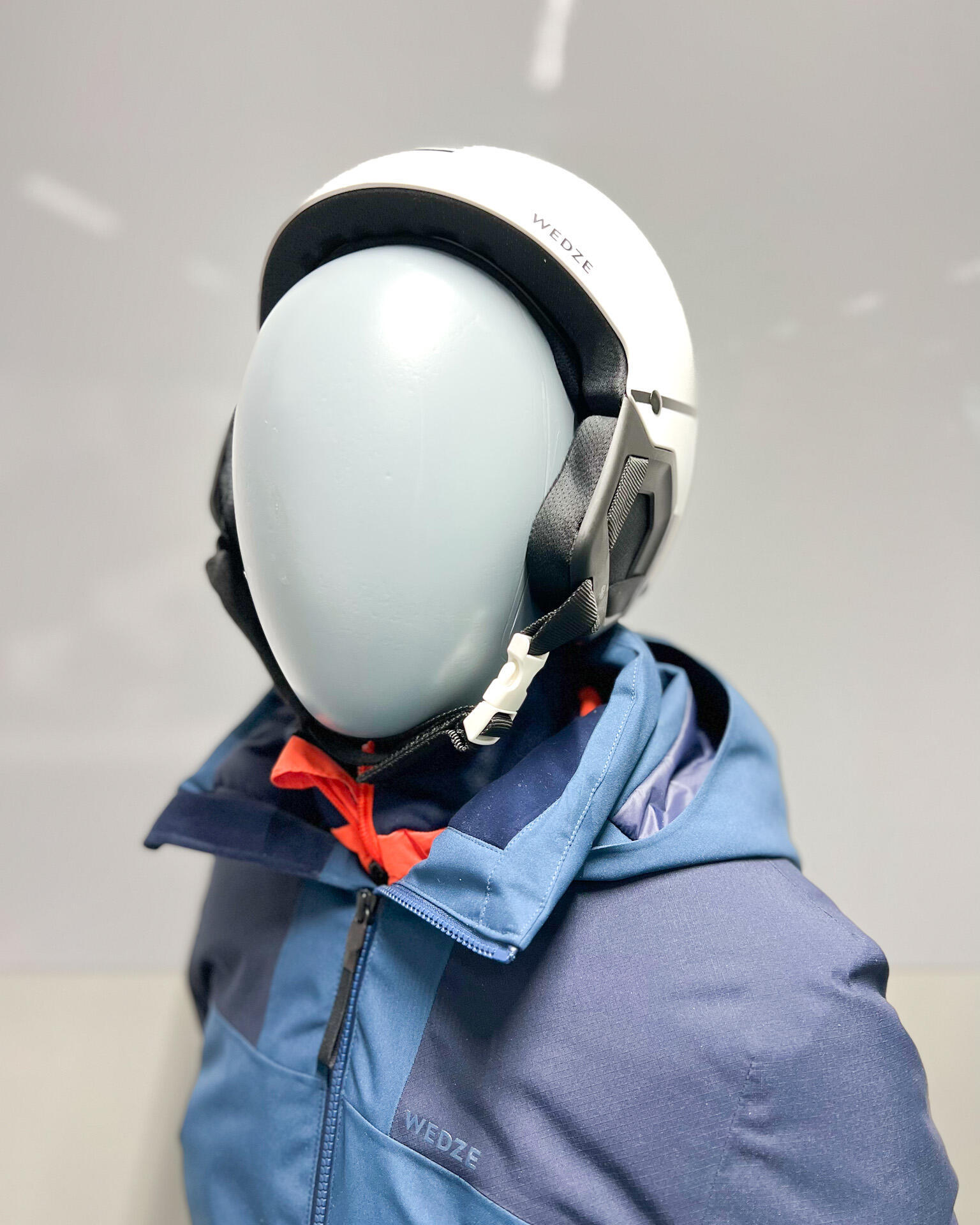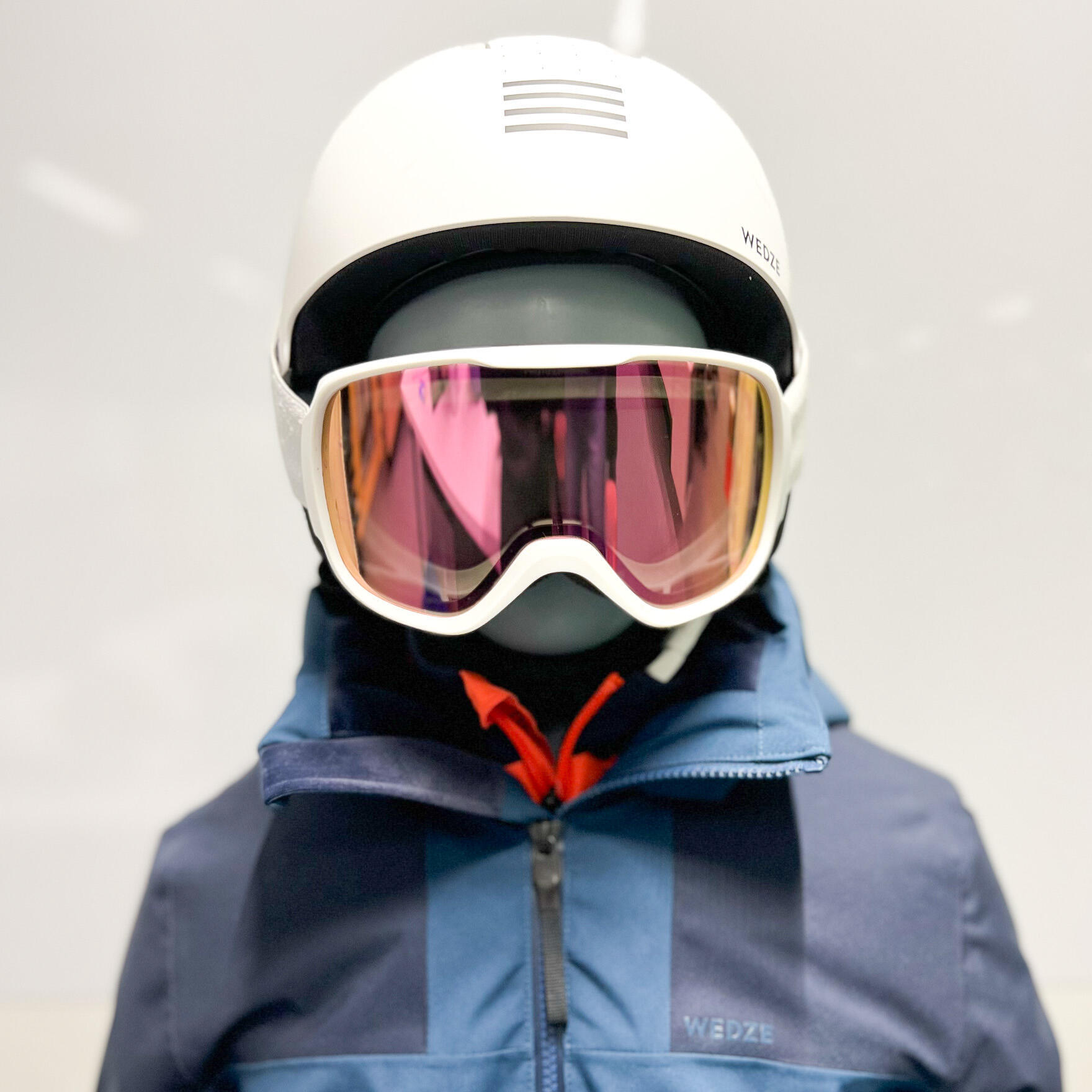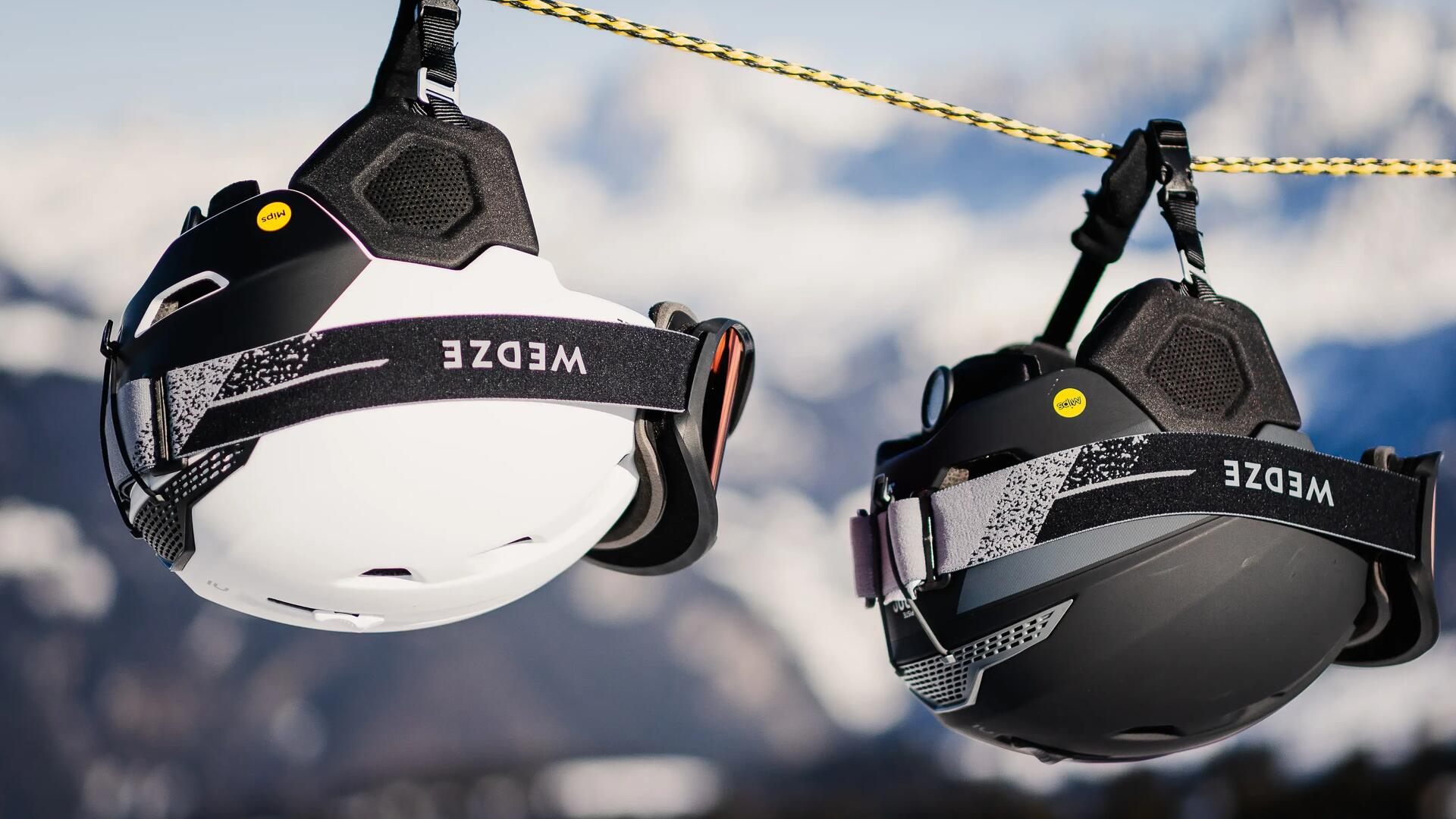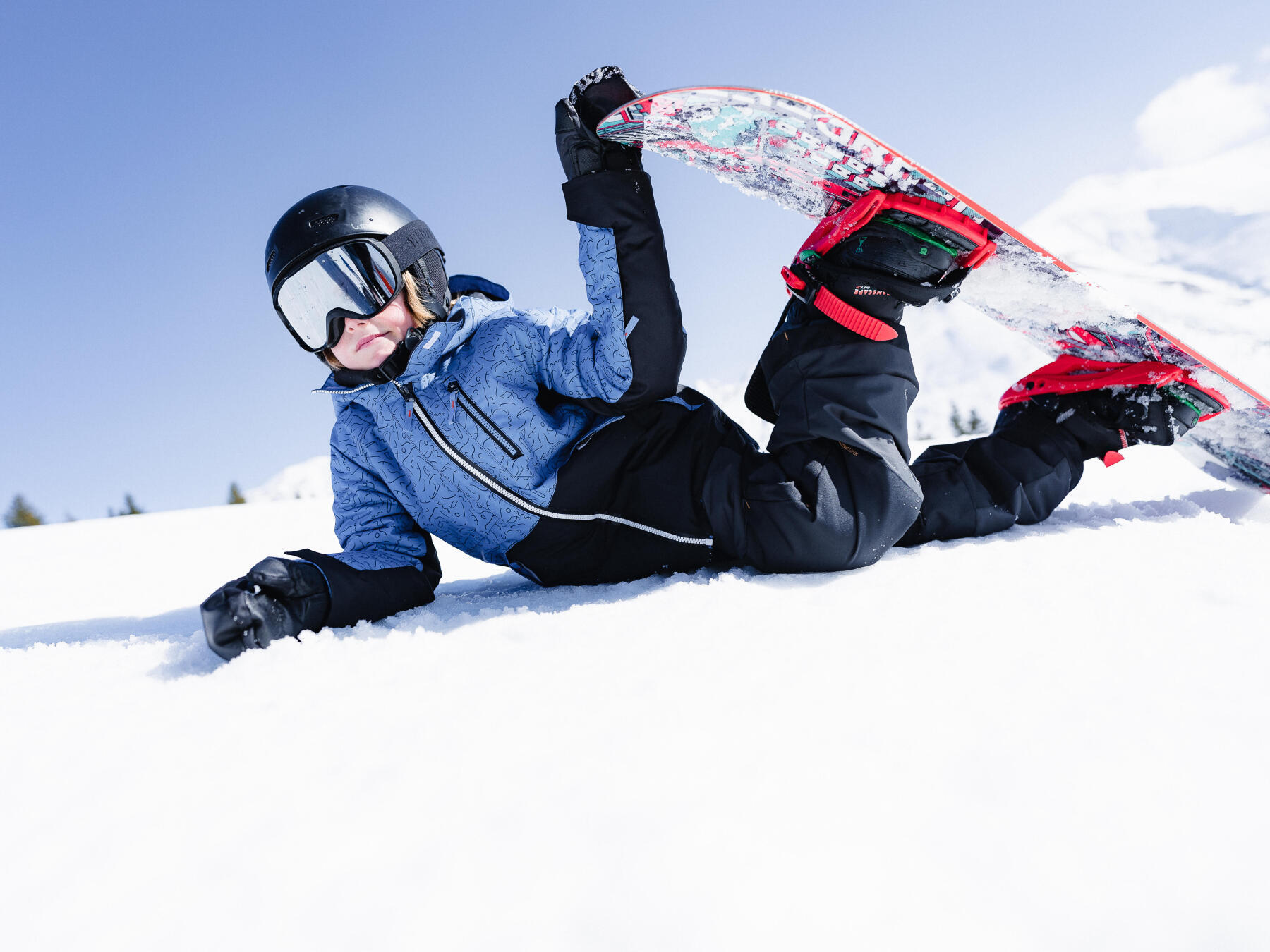Reminder: Why wear a skiing helmet?
On the slopes, all skiers and snowboarders are dependent on each other's safety. Nevertheless, between speed, uncontrolled turns and slight inattentiveness, a collision can happen and the head will be the first to be hit.
Wearing a helmet is therefore a priority for the following reasons:
• Avoiding brain damage
When a fall on the head occurs, it is not necessarily the surface of the skull that will suffer the shock, but it will cause damage on the brain that is more or less serious. Wearing a helmet will prevent these brain injuries, or greatly reduce them in the event of a major impact.
• Heat retention
By covering the head and ears, the helmet will keep the warmth around the kid's head and protect them from various weather conditions (wind, snow etc.).
• With added style!
And if your kid refuses to wear a helmet because of style, explain to them that the most famous riders in the ski and snowboard world all wear helmets, which are a style statement for them!
Now that you're convinced, let's move on to the selection criteria...

